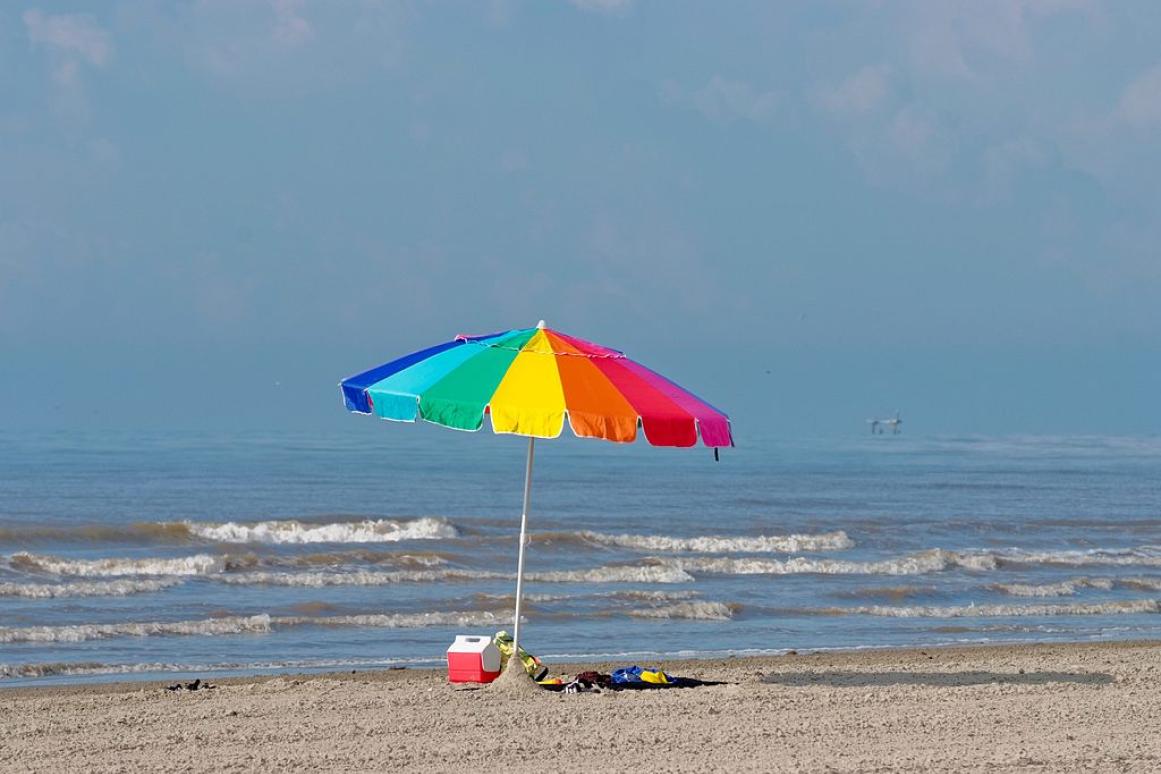NOAA Project Examines Human Impacts of Sea Level Rise

CORPUS CHRISTI, Texas — Over half of the American public lives within 50 miles of its coastlines, but as sea levels rise, these communities and the coastal habitats that protect them are increasingly at risk. HRI Associate Director and Endowed Chair for Socioeconomics Dr. David Yoskowitz is joining a team of Gulf of Mexico researchers in refining, enhancing and extending existing computer models to better understand the impacts sea level rise could have on human coastal communities.
The $1.2 million project is funded by the NOAA National Centers for Coastal Ocean Science and being led by Dr. Scott C. Hagen, director of the LSU Center for Coastal Resiliency and a professor in the LSU Department of Civil & Environmental Engineering and the LSU Center for Computation & Technology. The project is being conducted in collaboration with HRI, the Dauphin Island Sea Lab, University of Central Florida, and the University of South Carolina.
“Sea level rise is the biggest issue facing our coast, and we need to start thinking about how we’re going to address it, adapt, and mitigate if we’re serious about resilient coastal communities,” Yoskowitz said.
The work will enhance and extend existing large-scale, high-definition computer models, as well as link economic impact and the value of ecosystem services to the coastal dynamics of sea level rise. Ecosystem services are the benefits, tangible and intangible, that people gain from the environment, and finding ways to measure and better communicate those benefits to the public has been a focus of Yoskowitz’s research at HRI.
Yoskowitz will be taking existing modeling that examines how sea level rise impacts and changes Gulf of Mexico marshes, and using that to study the impact on ecosystem services. He’ll also look at the how future storm surges may affect coastal communities when protective marsh has been impacted by sea level rise.
“Our collaborative work has helped shift the paradigm for climate change and sea level rise assessments at the coastal land margin away from ‘bathtub’ assessments, which simply apply a static rise to existing configurations, to a more dynamic and realistic assessment,” said Hagen, the principal investigator of the project. “The end products we have produced and are developing are truly outcomes from transdisciplinary work.”
Understanding ecosystem services is important for defining the myriad ways that humans will be affected by sea level rise, Yoskowitz said. Habitats like marshes provide coastal buffers against storm surge, dampening the impacts to communities on shore. But that’s only one of many benefits marshes provide: They’re also productive nursery grounds for marine species, for example, producing the next generation of key fishery species, supporting recreational anglers and attracting wildlife..
“If you want to change policy you have to make sea level rise tangible to your next-door neighbor. Why should they care? We’ve done a lot of work researching the effects of sea level rise, but one of the things we haven’t really done well is connecting these impacts back to humans,” Yoskowitz said.
This project is funded for four years. The researchers will deliver their results through a flexible, multi-platform mechanism that allows for region-wide or place-based assessments.
HRI is also engaged in the most comprehensive, interdisciplinary sea level rise assessments ever performed in Texas with the goal of developing a holistic picture of both environmental and human impacts. The project, “Living with Sea Level Rise in Texas” aims to provide stakeholders with the information they need to understand and adapt to higher sea levels within 50-100 years. Read more about this project at the link below:
